Why I Take Part in (as well as teach) Photography Workshops
Photographers from every level can grow their skills, and workshops are great way to do it. As someone who teaches photography and leads workshops himself, it sometimes surprises people when I tell them I also take part in a couple each year.
Of course! My tools are always in need of sharpening too.
It can be easy to "stay in our lane" and only photograph what we're best at or known for. But workshops in new locations or with photographers who have different styles can be very helpful in leveling up your game. Not only is it good to break out of your comfort zone and expose yourself to new ideas and styles, but to give you the chance to be inspired in a new way.
Here are a couple of recent examples:
Hijacking Reality with Boris Eldagsen
Many people know me for my documentary and cultural work, but when I was first getting into photography, it was the dark and the surreal that was most interesting for me. I liked the feeling that I could capture hidden in the shadows.
Boris Eldagsen
Das Licht der Nacht / Hijacking The Night - Berlin
I had known the work of Berlin-based Boris Eldagsen for awhile, and when I had the opportunity to participate in his "Hijacking The Night" workshop over the course of three summer nights in Berlin, I signed up immediately.
Boris' work is known for its dark and surreal style, and it certainly draws me in. We began in a room in his flat where we looked over some of his portfolio images before he brought out a box of his tools and props. Many people are obsessed with the newest cameras and the sharpest lenses these days, and this was the opposite of it. Cheap, dollar-store plastic lights, sheets of clear acrylic, and bunches of crumpled aluminum foil.
So with our own piece of acrylic in hand, we took to the darkening streets of Berlin around 10pm to stick it in front of our lenses and see what interesting things we could come up with.
And I was challenged.
The lack of structure or a clear goal, as well as working together with a group with other photographers all quickly took me out of my comfort zone. How do I want people positioned in the frame, and how do I want them to hold the props and reflectors? I didn't know, as I'm used to doing all of the creating myself. It was uncomfortable.
Once I caught the first image I was happy with, things started to come together. We were all in the same boat, just throwing the proverbial crap at the wall to see what sticks. Sometimes it was just boring bits of random reflections, and other times I could feel myself snatching onto something interesting, and working with it to get a bit deeper as my artistic vision began to take hold for the next steps.
Over the next couple of evenings, we dug deeper in new locations around the city into the wee hours of the night. I brought some of my own tools I travel with (including a small prism and a piece of copper pipe) to add to my arsenal of tools.
In the end, it was some of the most inspiring photography I produced around that time, and helped unleash more creativity in my regular work. The right boost at the right time.
See below for a few more images from those late nights wandering the streets in Berlin.


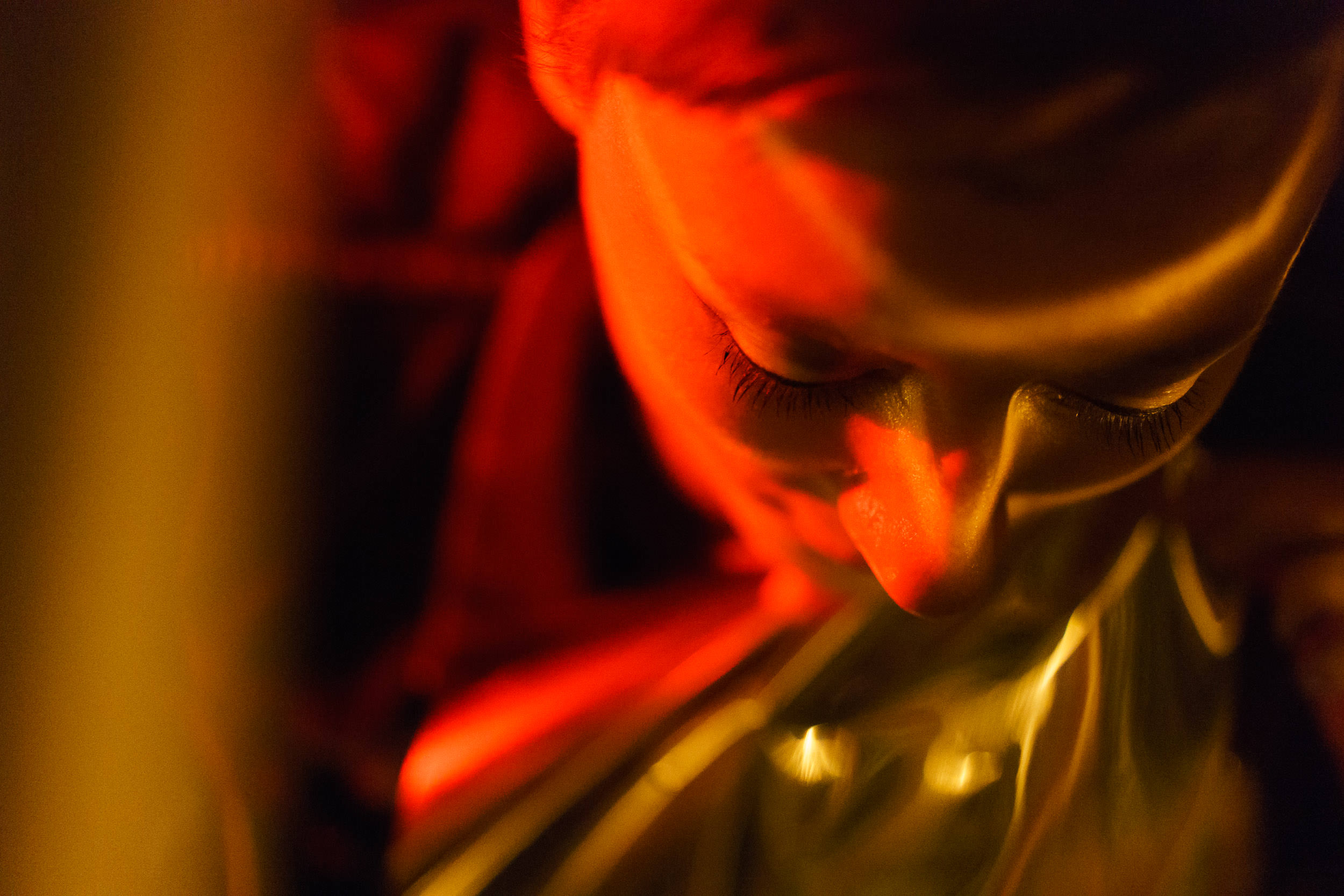
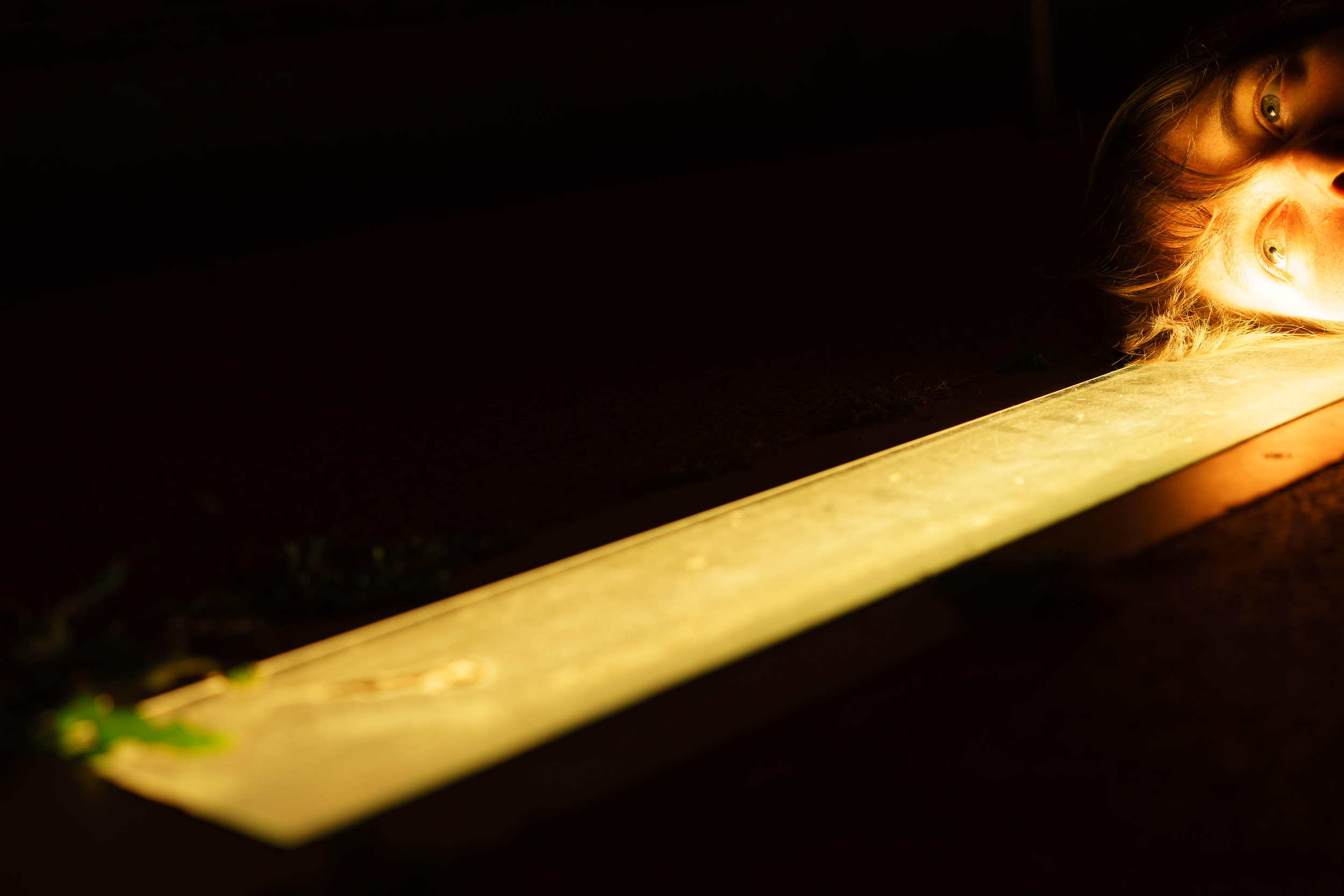
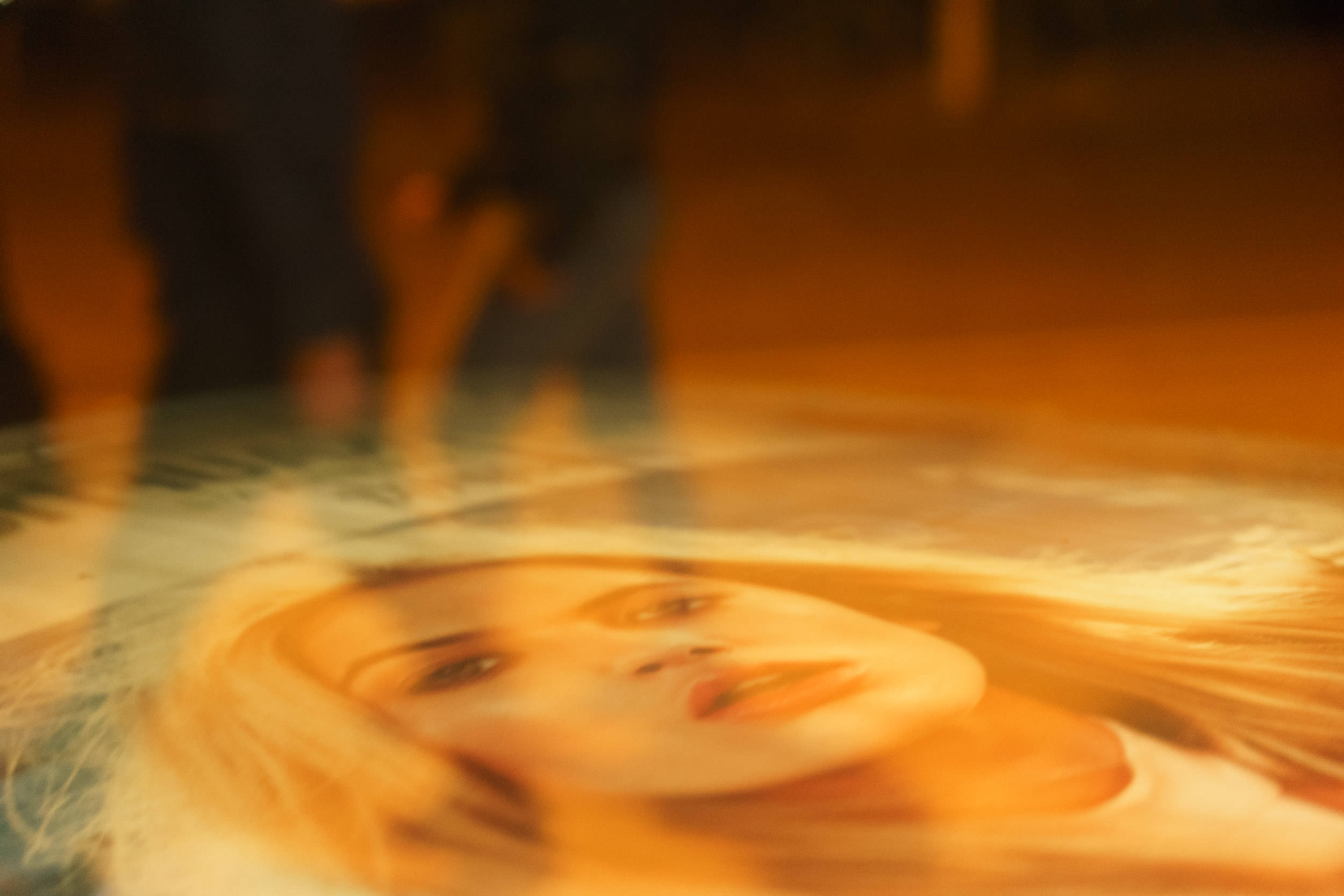
Pics of Asia - Etienne Bossot and Quinn Ryan Mattingly
While based in Hoi An, I was finally able to meet with Etienne who has lived in Vietnam for years (decade). And my time just so happened to coincide with one of his Pics of Asia Central Vietnam workshops.
Etienne Bossot
Pics of Asia - Central Vietnam
Quinn Ryan Mattingly
Pics of Asia / Saigon Photo Tours - Central Vietnam
For three days, we showed up before sunrise for bustling fish markets, wandered through farmland, and waded in quiet lagoons with our cameras at the ready.
While this type of photography was more “my style,” it was great being in the presence of both Etienne and Quinn (who came up from Saigon), and witness how their style oozes into the work they do.
Of course, it's one thing to see someone’s images, and it is another to see how their eye sees. What is it about a subject that catches their eye? This is the main reason I shoot with other photographers. I want the opportunity to see in a new way.
When I think of Etienne's work, I think of these wide action shots from a low angle, often with layers of depth in the composition and with a preference for silhouette. Here I could witness his excitement as he spotted something interesting, and immediately got into position on the ground to frame it up the way he liked.
And when I think of Quinn's work, I think of these environmental portraits with an out-of-focus foreground object (typically a person) that helps frame the image. It was fascinating to see him commit to the shots he wanted to get, often with a camera quite close to a subject.
As for myself, not being someone terribly comfortable in the water with my camera, it was a nice to push past that and see all of the possibilities to photograph there by getting closer to the action and to nab to those cool reflections.
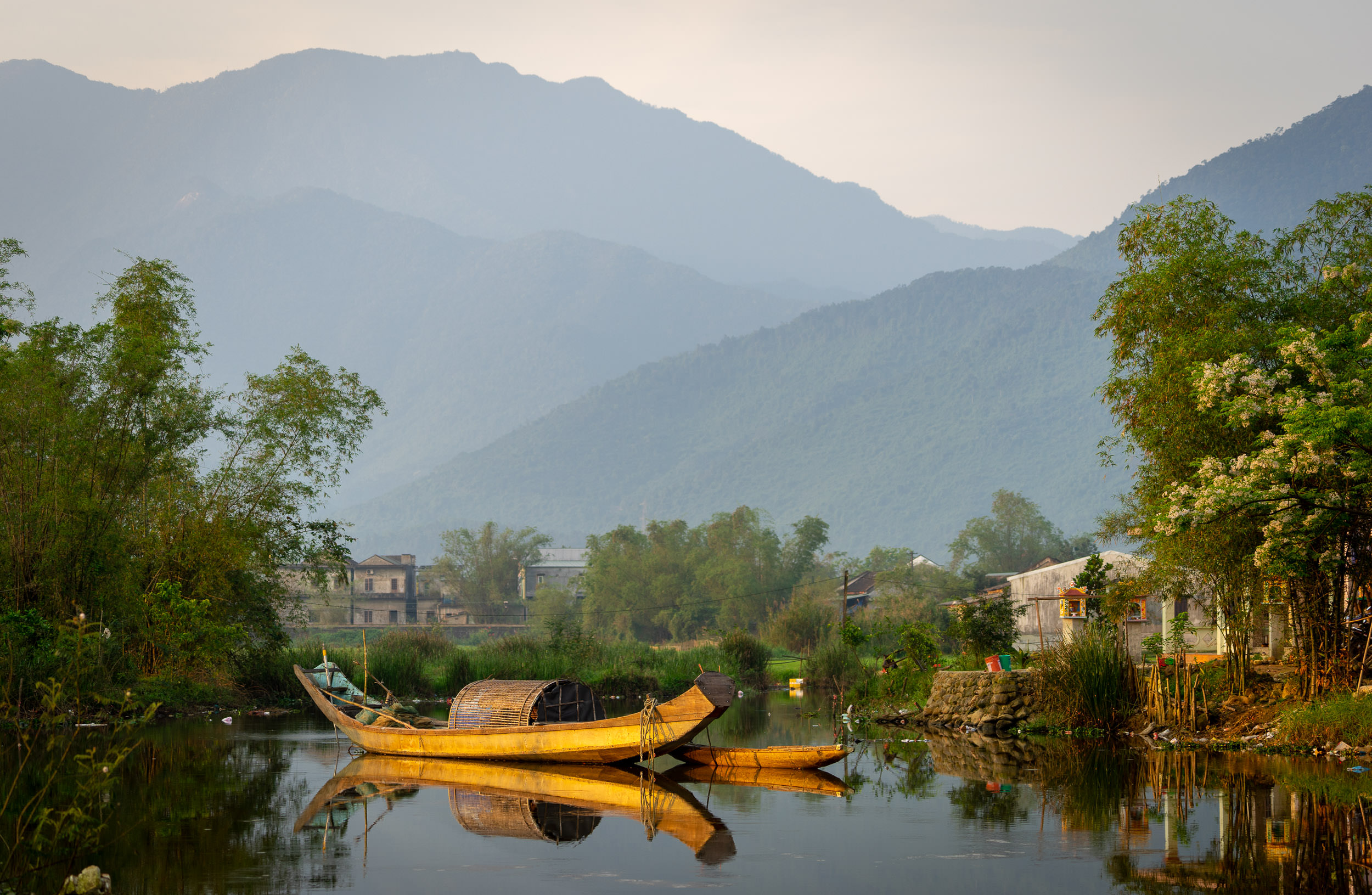
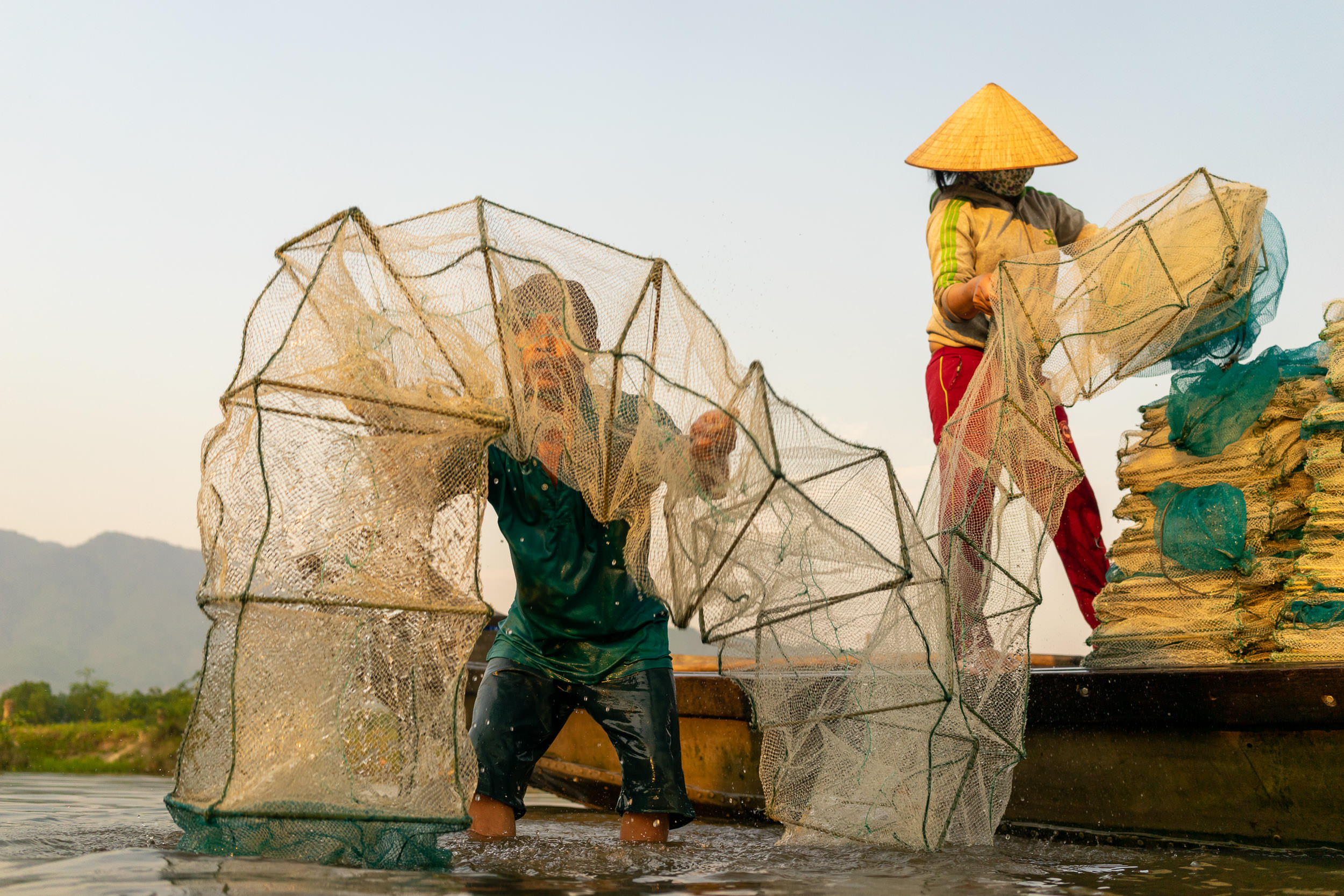
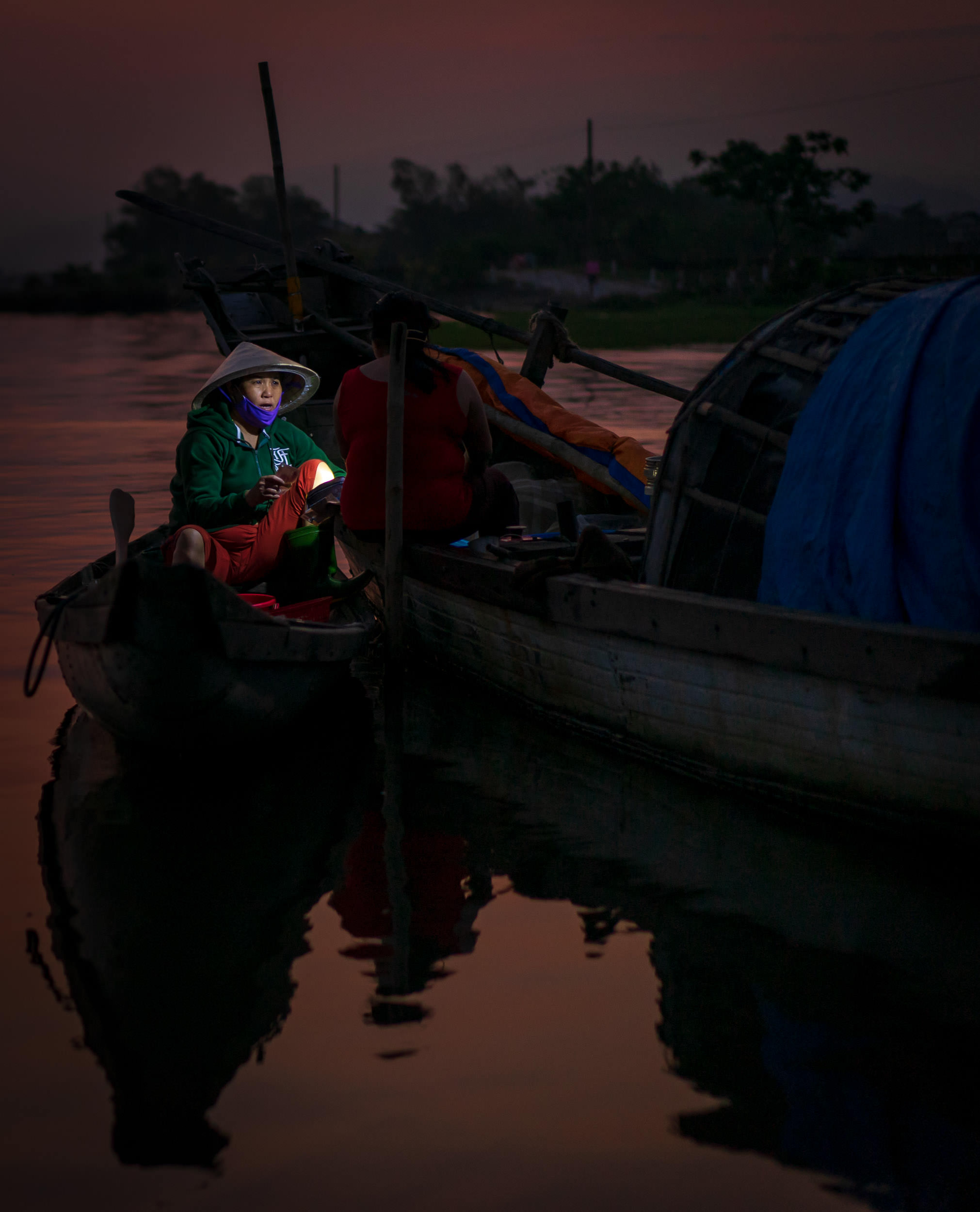
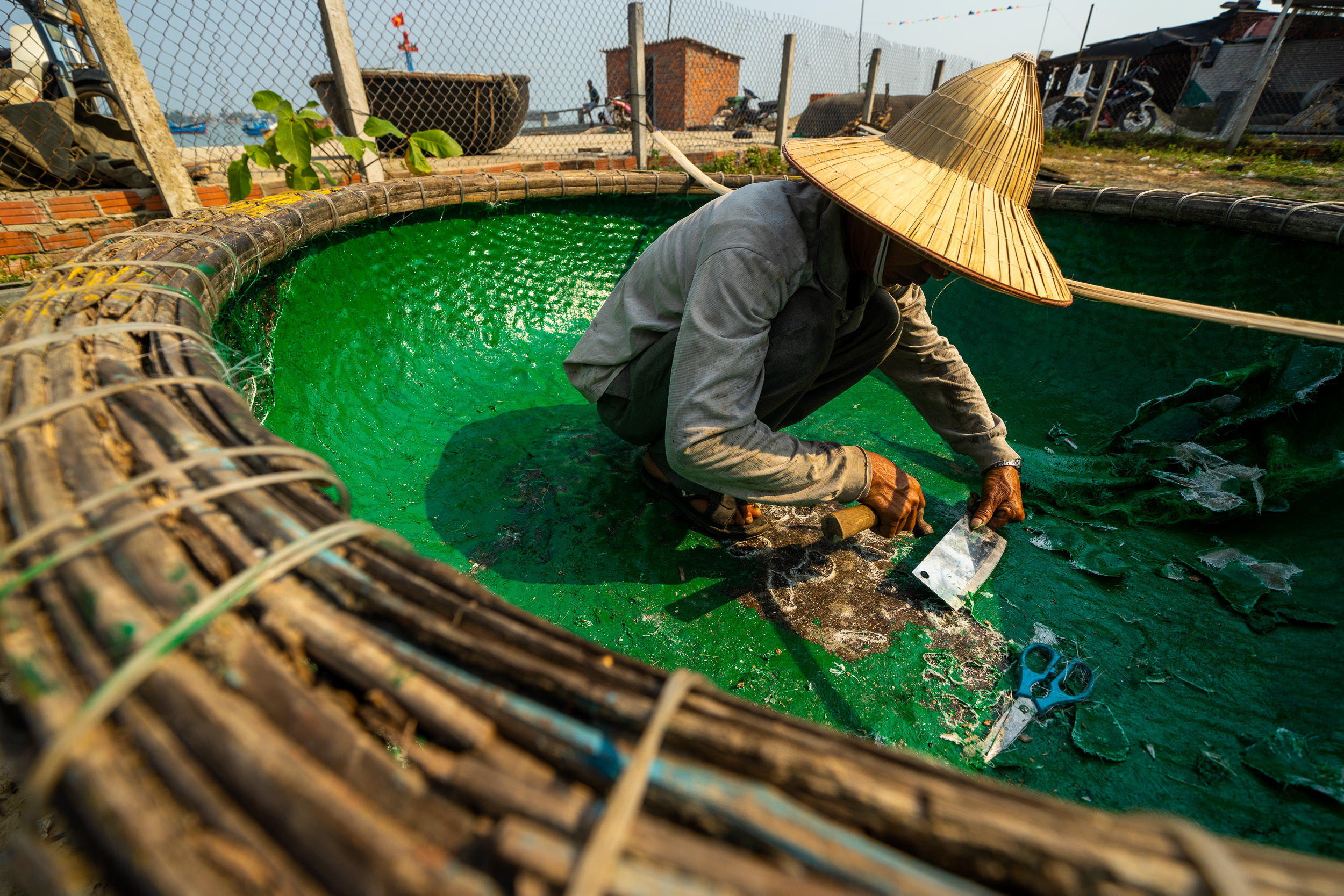

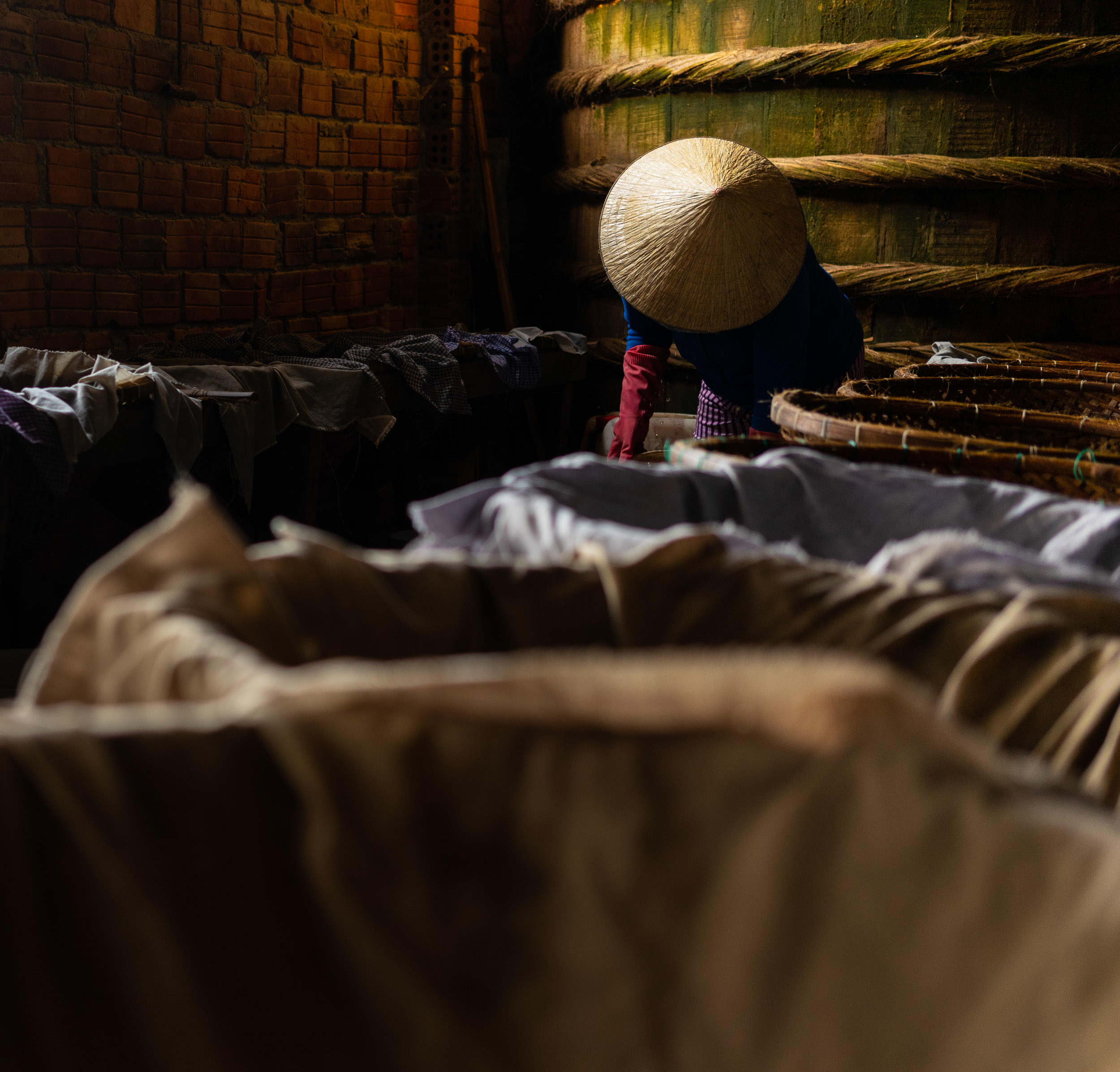
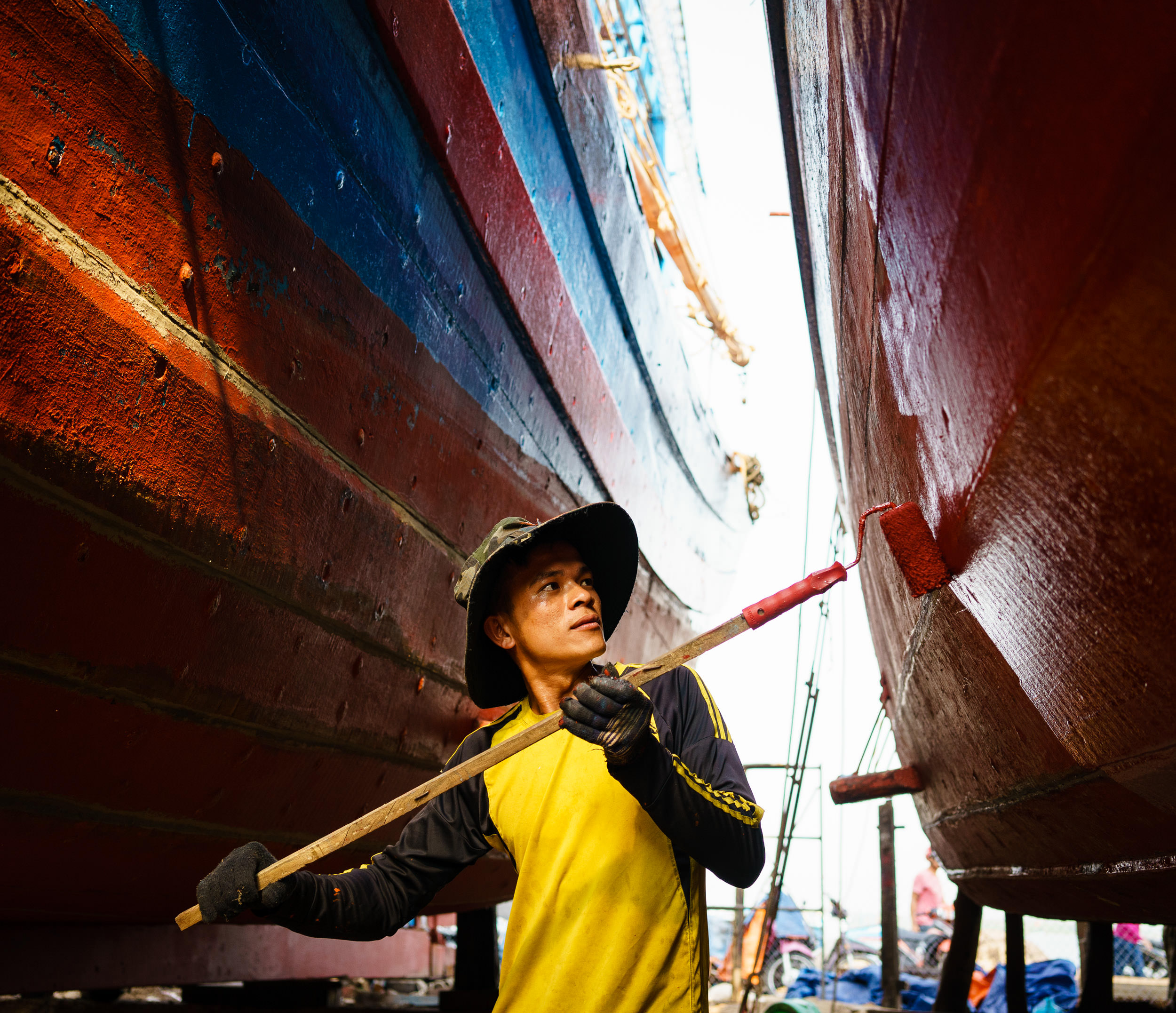
Where Can You Find Great Independent Workshops?
You can find talented photographers who are also good teachers all over the world. Maybe it's a photography-based trip that can span a week or more, or a one-day workshop closer to home.
Some can be pretty intense and entirely photography focused, others can be experiential trips that happen to be led by talented photographers (which is what I prefer to do).
A few worth checking out that I know:
Nate Robert from Yomadic (Iran and Ukraine)
Darmon Richter from Bohemian Tours (Ukraine, Bulgaria)
Kathryn Cooper from Kathryn Cooper Photography (Myanmar)
Stephen Bugno from Unquote Travel (Alaska)
Daniel Nahabedian from Canvas of Light (Thailand, India, Africa)
What If You Can't Swing a Workshop?
If you don't have the ability to attend a photography workshop at the moment, it can still be great to get together with a group of other photographers nearby and go out for an afternoon. Check Facebook for local photography groups & events, or meetup.com
If you don't find any, why not make one yourself? For a casual meetup, all you need is a date and a location. Put it out in the world and see what happens. That’s how it all starts out…



